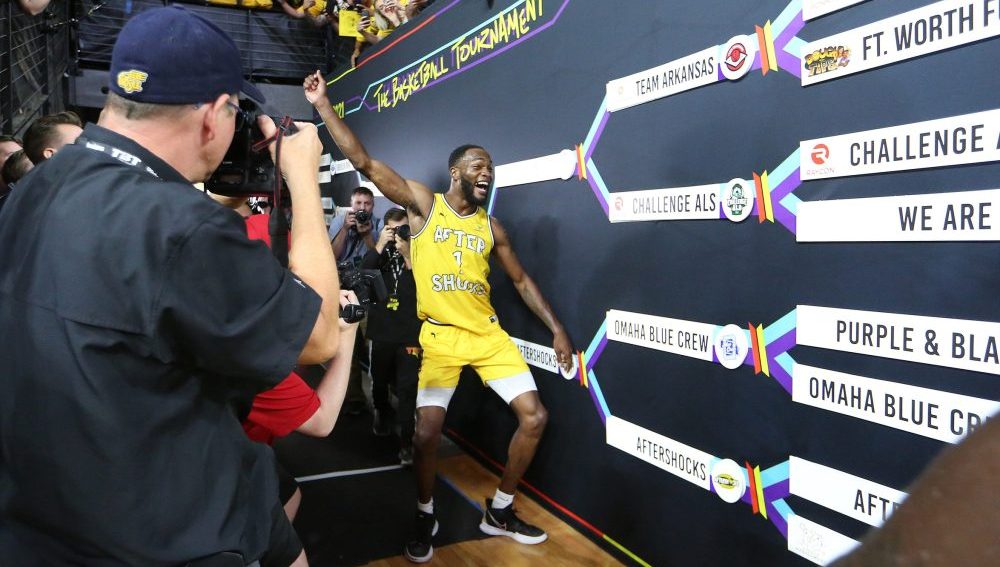
Perhaps it was too much to ask any network to try and swipe the Philadelphia Phillies away from a company based in Philadelphia.
Indeed, Comcast had little trouble keeping the TV rights to the Phillies. The team agreed to a 25-year, $2.5 billion contract extension with the cable giant, which will allow CSN Philadelphia to continue broadcasting the team’s games through 2040. The $100 million-per-year deal does not quite reach the heights of Time Warner Cable’s $7 billion deal with the Dodgers, or YES Network’s estimated $5.6 billion deal with the Yankees, but it is certainly one of the ten most lucrative local TV deals in Major League Baseball.
So what will such a deal mean for TV viewers in Philadelphia?
The important thing to remember here is that there will be an escalator clause built into this contract, like there is with the Yankees’ and Dodgers’ TV contracts. Sports Business Daily is reporting that the escalator is between 3% and 4%. That means the Phillies won’t suddenly have $100 million to spend on free agents in 2016. What’s more, 34% of Comcast’s payout will go into MLB’s revenue sharing pool, although the team will certainly get a good chunk of that shared revenue back.
If we presume the escalator clause is 3.5%, here’s what Comcast might actually pay the Phillies over the lifetime of this contract extension:

Let’s presume further that Comcast will increase the price of CSN Philadelphia by 4% every year in order to cover the costs of this deal and pocket a bit extra for themselves. Let’s also presume that Comcast has been tacking on this 4% increase every year since 2011, when the network reportedly cost $3.03/month. If you live in or around Philly, here’s how much your cable bill could increase every year, just from CSN Philadelphia:

In essence, Comcast is getting Philadelphia and its surrounding areas to pay for this deal by boiling a frog. A sudden $2.00/month jump in your cable bill would startle you. A monthly increase of $0.15 or $0.16? Maybe not so much. Little by little, though, the network’s subscriber fee creeps upward, and by the end of the decade, you’ll be paying more than $50/year just to watch the Phillies on TV. By the end of the next decade, that number will be more than $75/year.
On the other hand, if you get satellite TV, you won’t get the privilege of paying for CSN Philadelphia. As the city’s lone cable TV provider, Comcast uses this regional sports network to keep baseball fans — and basketball and hockey fans — tied to its own cable service. DirecTV and Dish Network have sued Comcast in order to get access to the channel, but to no avail.
Perhaps, though, the more important question is this — with every cable channel asking for these small increases every year, how far can these channels push pay TV subscribers before they decide they’re better off cutting the cord? And if these price hikes increase the rate of cord cutting, where does that leave Comcast and the Phillies? Perhaps CSN Philadelphia has a long way to go before it implodes like CSN Houston, but it’s hard to fathom that this sort of growth can be sustainable over the next 2 1/2 decades.
Dave Warner writes about sports and the cable industry at What You Pay For Sports. Follow Dave on Twitter at @whatupay4sports.





